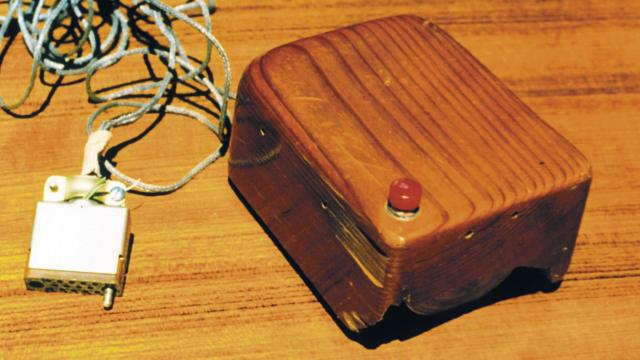If you’re on a desktop right now, you’re probably using a computer mouse. In which case, you should raise a glass to William English.
English, an engineer and researcher, died on July 26 at the age of 91 due to respiratory failure in San Rafael, California. And while his cohort Douglas Englebart is probably more famous for coming up with the idea for the computer mouse, English was the man who actually made it happen.
In the late 1950s, computers weren’t anything close to what they are today. They were hulking devices that relied on punch cards, typewriters, and printouts. It was around this time, after leaving the Navy, that English first encountered Englebart at the Standford Research Institute (known today as SRI International). Englebart’s idea was to create a new type of computer where anyone could manipulate images on the screen — namely, one where you could use a device to select images and symbols. However, according to the New York Times, Englebart struggled to communicate the idea to others. English was the rare mind who understood what Englebart was trying to achieve, but also how to do it.
In 1963, English had created a prototype based off of Englebart’s notes and rough sketches. The first mouse featured a pinewood case that housed two “potentiometers” — electrical mechanisms that worked by tracking the movement of two wheels as they moved across a surface. They decided to name the device a mouse because the on-screen cursor — dubbed CAT — looked like it was “chasing” the “mouse” across the screen. In 1965, English led a NASA-sponsored project to determine the best way to select a point on a computer screen. (The mouse won.) Later, while working at the PARC Xerox lab in the 1970s, English developed the ball mouse, which replaced with the wheels with a movable sphere.
English also played a pivotal role in the landmark 1968 presentation, “The Mother of All Demos.” Englebart and English had developed an experimental computer dubbed oNLine System (NLS) which was capable of all the elements you find today in modern personal computing — hypertext, windows, graphics, video conferencing, word processing, you name it. Englebart delivered the 90-minute presentation on December 9, 1968, but it was English who made sure everything ran smoothly behind the scenes. English directed the whole production from the back of the Civic Auditorium in San Francisco, using cameras and microphones to coordinate live, two-way video between the lab in Menlo Park and the presentation hall.
And if that weren’t enough, English also helped adapt Englebart’s ideas to develop the Xerox Alto while at PARC. The Alto later served as the inspiration for the Apple Lisa and Macintosh systems, as well as the first Microsoft Windows PCs.
So the next time you use your computer to do literally anything, pour one out for the unsung computing hero, William English.
